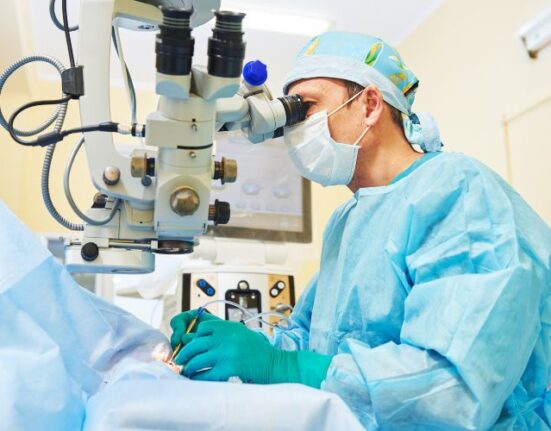At-home diagnostic testing went mainstream when home pregnancy tests and diabetes tests that give results based on the prick of a finger become widely available. As more tests became available for more conditions, the rise in at-home medical testing has continued unabated.
While technological advances have expanded the abilities of diagnostic testing, the increasing popularity of at-home medical testing may also be driven by mistrust. A 2015 study first published in the Journal of General Internal Medicine revealed that one-third of participants avoided medical care due to poor opinions of doctors or the health care system. The appearance of “anti-vaxxers,” people who oppose vaccinations because they are suspicious of their effects, may also contribute to an atmosphere of mistrust.
Some argue that convenience and cost are more significant factors in the rise of at-home medical testing. When available, no-contact testing has become the option of choice in the pandemic era of social distancing. Doctors can receive, interpret, and discuss test results electronically, avoiding the need for patients to risk infection through personal contact.
Regarding cost, even if a patient has health insurance, the cost of lab tests is often a mystery until the bill arrives, sometimes with copays that are higher than expected or other surprises. Those without insurance may avoid testing entirely because of cost concerns.
At-home diagnostic tests allow a patient to receive immediate results or take their own specimen samples and ship them off to a lab, without the intervention of a medical professional. Skipping the doctor’s office raises concerns about the quality of samples, the accuracy of results, and, especially, the interpretation of results and the following medical implications. Most at-home diagnostic tests are subject to FDA regulationsand requirements to demonstrate that they are safe and effective. However, the person using the test still has a responsibility to perform the test according to instructions and share the results with their doctor.
Despite these concerns, the proliferation of at-home diagnostic testing continues. In addition to pregnancy and diabetes tests, at-home testing is now available to detect possible signs of colon cancer, test cholesterol levels, and find out about food sensitivities, vitamin levels, and genetic markers for inherited or rare diseases. Tests exist to detect male and female hormone levels and to identify the level of the stress hormone, cortisol. Patients can even administer at-home medical diagnostic tests for sexually transmitted diseases, Lyme disease, and exposure to various toxins. Some companies that market these tests offer consultation to interpret the results as part of the price. Others simply act as intermediaries, supplying the materials or devices for people to collect their samples and send them off to a lab.
Whether due to convenience, mistrust, or financial restrictions, or simply out of curiosity, just as at-home genetic testing to identify ancestry has become so popular, at-home medical diagnostic testing will continue to grow as part of the health care industry.

















